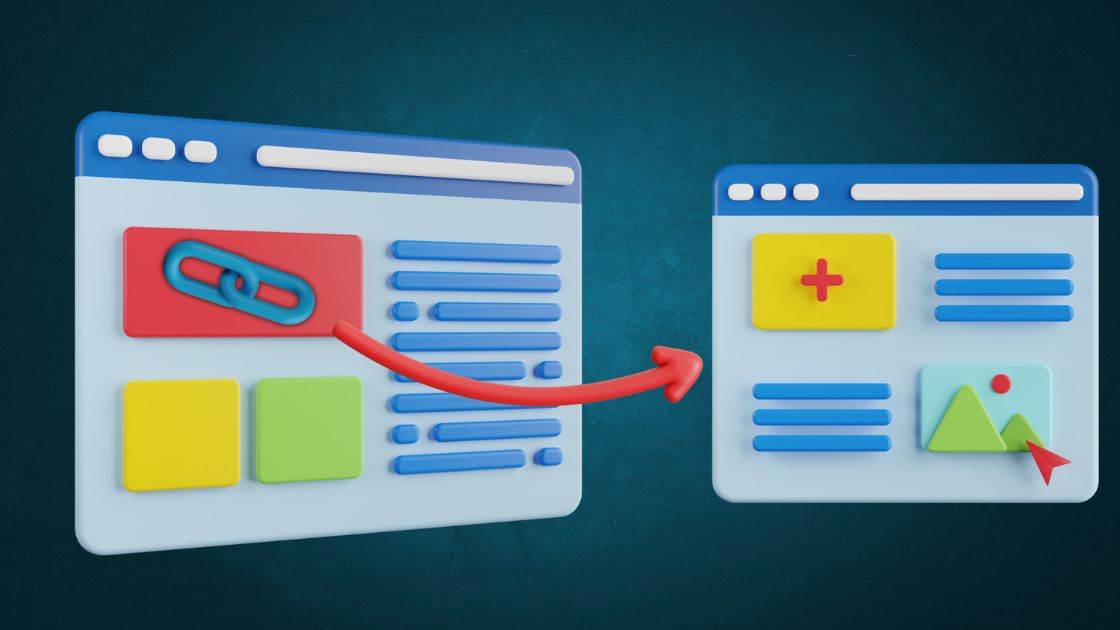Digital marketing for SAAS businesses is quite unique compared to other industries, even other B2B industries. So, when planning your SAAs digital marketing strategy, you should keep in mind that there will be common strategies that can work in other industries but won’t be as effective in the SAAS environment, and vice versa.
In this guide, we will share our tips in building a sound SAAS digital marketing plan. Let us begin.

Common SAAS Marketing Mistakes
Before we can have a sound SAAS digital marketing plan, we should first recognize the common mistakes made by many digital marketers.
1. Not Qualifying Leads
The sales cycle of the SAAS industry is very short, especially when compared to other B2B products where the sales cycle can be very long. This short sales cycle can both be an advantage and disadvantage, and in this case, when we put too much focus on unqualified leads, we might lose the qualified ones since we don’t have the luxury of time.
There are many different approaches in qualifying leads, and these guides below might help you further:
- A guide from HubSpot, one of the biggest players in the SAAS industry.
- Another one from Pardot, it is relatively simple but comprehensive.
- This guide from Inc.com is a little old, but still quite relevant to this day.
2. Ineffective Content Strategy (Or Worse, Not Having One)
Content marketing is really, really important for a SAAS business. The potential buyers of a SAAS product are mostly professionals looking for a solution, and having an informative content will tremendously help in capturing their attention. Having high-quality contents will also help in building a reputation, a very expensive asset in the competitive SAAS industry.
Yet, many SAAS businesses fail to understand the importance, and there are even SAAS companies that are not producing any content at all. There are also other businesses that are just publishing random contents without any plan and strategy.
Also, content marketing is far more than content production. You will need to plan your topics ahead, target the right keywords, and distribute your contents properly.
3. Not Measuring Your Progress
Even with a flawless marketing strategy for SaaS, there is no guarantee you will succeed, because both the industry and your competitors are always moving. So, it is very important to always track your progress by measuring the right metrics and adjust your strategy when necessary.
Even if your budget is limited, there are many free analytic tools that can help you, such as the handy Google Analytics. Keep track of your progress, see how you are doing, and adjust whenever necessary.
4. Not Acknowledging Your Competition
The SAAS industry is pretty transparent, and we all know your customers and prospects will always compare your software to your competitors. Rather than neglecting this fact, it is actually far more beneficial to acknowledge your competitors.
One of the most effective ways to do this is to provide a comparison page, an approach used by many key players in the SAAS industry. Look at how HubSpot offers a specific comparison page to compare their product with Marketo, one of their direct competitors.
This approach will also provide your site a better search visibility, and can potentially increase dwell time.

Key Tactics To Focus On
Now that we have discussed the common mistakes in SAAS digital marketing, let us address the elephant in the room: what strategies and tactics are effective for SAAS companies?
1. Inbound Marketing
The digital world is now so saturated it is really hard to get your voice heard. We see so many online ads each day, and let’s admit it, there are very few of them that interest us. There is also the case of ad blocker software, which is more popular than ever. In short, we can no longer rely on traditional, outbound marketing that relies on advertising.
The answer to this issue is inbound marketing, which, in essence, is publishing a valuable content so that your users can find them through a Google search. Meaning, you are attracting users that are already looking for information, making them qualified leads.
So, there are two key elements of inbound marketing: content marketing and SEO.
There are many benefits of using your contents to attract customers:
- It is generally more affordable than advertising, so you can lower your CAC (Customer Acquisition Cost)
- Publishing quality contents regularly can slowly but surely build your authority as a brand
- An effective way to increase customer retention, which is extremely important in the SAAS environment. By keeping your existing customers engaged, you will also increase their lifetime value (LTV)
While inbound marketing is a pretty broad subject on its own, here are a few ideas to get you started:
- Use various keyword planner tools to help you find topics that are relevant to your audiences
- Create an editorial calendar planning all the topics, target keywords, and also the channels where you want to distribute the contents. At least, aim for a 3-months worth of editorial calendar, with a 12-month calendar being the most ideal
- Explore a variety of media types, contents are not solely blogging. Video contents are extremely popular nowadays, and you might want to produce white papers and research reports for more technical audiences
- Track your content performance, analyze whether they are working, and adjust your strategy
2. SEO
SEO is technically a part of inbound marketing. The goal of SEO is to make your contents discoverable through search results and thus increasing traffic.
Again, SEO is a very big topic on its own, so we won’t give it much justice discussing it here. Yet, here are three main steps of SEO for SAAS:
- Produce high-quality contents that are relevant to human readers while also properly targeting the focus keyword(s)
- Promote your content with the goal to get more backlinks
- Optimize your on-site SEO
So, again your focus here is to publish quality contents regularly.
3. Offering Free Trials
Offering free trials in many different forms is already one of the most common marketing practices in the SAAS industry. If you haven’t offered a free trial for your software, you definitely should.
The key here is to provide the best customer experience you can during the trial period. Remember the ‘service’ in Software as A Service, and so make sure to offer the best possible customer service during the trial period.






